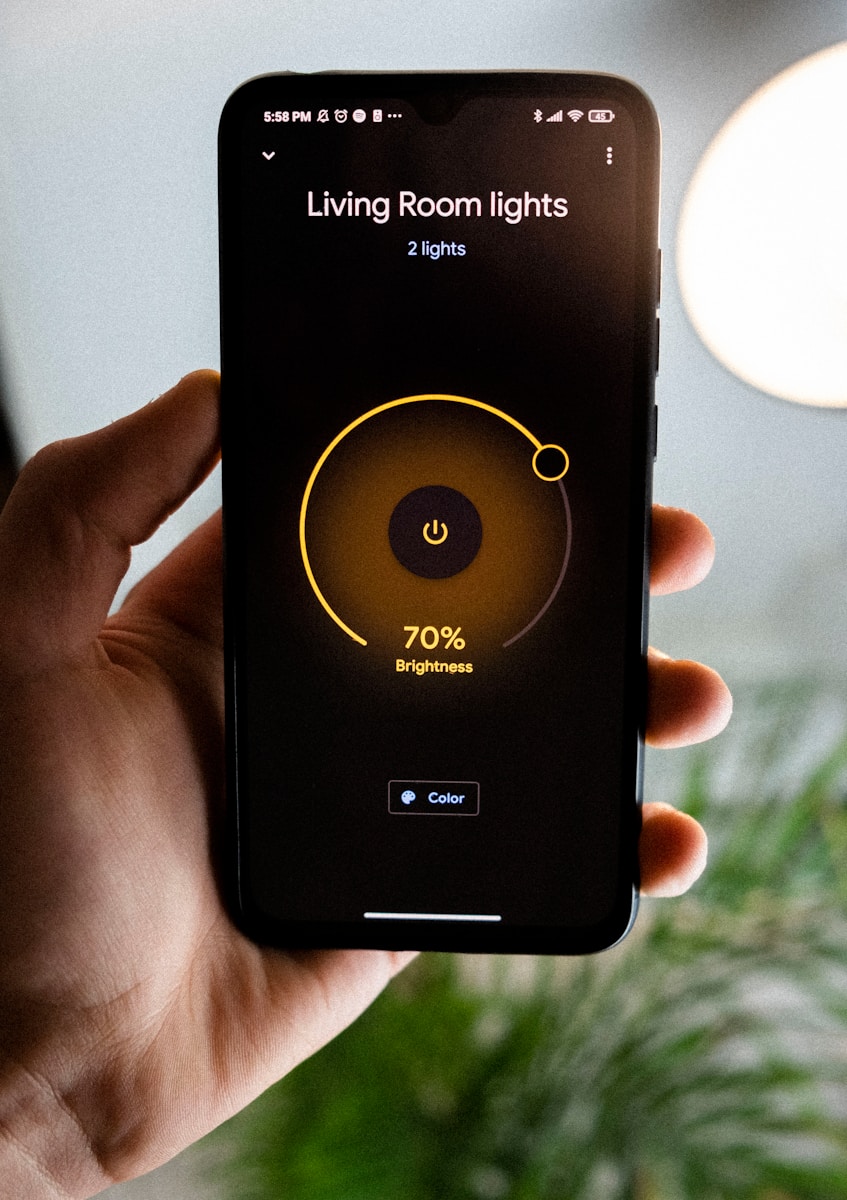Revolutionizing Building Management with Digital Twins
Introduction to Digital Twins in Building Infrastructure
Digital twins for HVAC optimization represent a significant advancement in the management of building infrastructure. By creating a virtual replica of HVAC systems, digital twins enable real-time monitoring, predictive maintenance, and performance optimization. This technology is crucial for ensuring that HVAC systems operate efficiently, reducing energy consumption and operational costs while maintaining optimal indoor air quality and comfort.
In regions like Saudi Arabia and the UAE, where climate conditions demand high-performance HVAC systems, the integration of digital twins is particularly beneficial. Cities such as Riyadh and Dubai are at the forefront of adopting smart building technologies to enhance energy efficiency and sustainability. Digital twins provide a comprehensive view of HVAC system performance, allowing for proactive management and rapid response to potential issues.
By leveraging advanced technologies such as artificial intelligence (AI) and blockchain, digital twins ensure the security and accuracy of data collected from HVAC systems. This holistic approach enhances decision-making processes, leading to more effective building management and improved occupant satisfaction.
Benefits of Using Digital Twins for HVAC Optimization
Digital twins for HVAC optimization offer numerous benefits, including improved energy efficiency, reduced operational costs, and enhanced system reliability. Traditional HVAC management methods often rely on manual inspections and reactive maintenance, which can lead to inefficiencies and increased downtime. Digital twins, however, provide a dynamic and continuous model of the HVAC system, integrating data from sensors and other monitoring devices.
One of the primary advantages of digital twins is their ability to predict and prevent potential issues before they occur. By analyzing real-time data, digital twins can identify patterns and anomalies that may indicate a system malfunction or inefficiency. This predictive capability allows facility managers to address problems proactively, reducing downtime and maintenance costs.
Additionally, digital twins support the optimization of HVAC system performance by simulating various operational scenarios. This capability enables facility managers to test different strategies and configurations, identifying the most energy-efficient and cost-effective solutions. As a result, buildings can achieve significant energy savings and improved environmental sustainability.
Implementing Digital Twins in Building Infrastructure
The implementation of digital twins for HVAC optimization involves several key steps, including data collection, model creation, and integration with existing building management systems. The process begins with the installation of sensors and monitoring devices throughout the HVAC system to collect real-time data on temperature, humidity, airflow, and energy consumption.
Artificial intelligence plays a critical role in processing and analyzing the collected data. Machine learning algorithms are used to create and maintain the digital twin, continuously updating the model to reflect the current state of the HVAC system. Blockchain technology ensures the integrity and security of the data, enabling safe and efficient sharing among stakeholders.
Successful implementation also requires collaboration among facility managers, engineers, and IT professionals. Training and support are essential to ensure that all stakeholders understand how to use and interpret the digital twin effectively. Additionally, regulatory compliance and data privacy considerations must be addressed to protect sensitive information and ensure ethical use of the technology.
Strategic Advantages for Building Management and Sustainability
Enhancing Energy Efficiency and Sustainability
The integration of digital twins for HVAC optimization significantly enhances energy efficiency and sustainability in building management. By providing a detailed and dynamic view of HVAC system performance, digital twins enable facility managers to identify and implement energy-saving strategies. This capability is particularly valuable in regions like Saudi Arabia and the UAE, where energy consumption is a major concern due to extreme climate conditions.
Digital twins facilitate the continuous monitoring and optimization of HVAC systems, ensuring that they operate at peak efficiency. This proactive approach helps reduce energy consumption, lower greenhouse gas emissions, and contribute to the overall sustainability of the building. Moreover, the ability to predict and prevent potential issues minimizes the need for reactive maintenance, further enhancing system reliability and reducing environmental impact.
In addition to energy efficiency, digital twins support the use of renewable energy sources and smart grid integration. By simulating various scenarios and analyzing the impact of different energy sources, facility managers can optimize the use of renewable energy and enhance the building’s resilience to energy fluctuations.
Improving Occupant Comfort and Productivity
The use of digital twins for HVAC optimization also enhances occupant comfort and productivity by ensuring optimal indoor air quality and temperature control. Traditional HVAC management methods often struggle to maintain consistent indoor conditions, leading to discomfort and decreased productivity. Digital twins, however, provide real-time insights into indoor environmental conditions, enabling precise and responsive adjustments.
By continuously monitoring and adjusting HVAC system parameters, digital twins ensure that indoor conditions remain within the desired range. This capability is particularly important in commercial buildings and office spaces, where occupant comfort directly impacts productivity and employee satisfaction. Additionally, digital twins can help identify areas of the building that require improvements, such as poor ventilation or temperature imbalances.
Furthermore, digital twins support the implementation of advanced air quality management strategies. By monitoring air quality in real-time and simulating the impact of different ventilation and filtration systems, facility managers can ensure that indoor air remains clean and healthy. This proactive approach helps reduce the risk of respiratory issues and other health problems associated with poor indoor air quality.
Driving Innovation in Building Management
The adoption of digital twins for HVAC optimization drives innovation and advancements in building management. By leveraging AI and other advanced technologies, digital twins provide new opportunities for research and development in energy efficiency, sustainability, and occupant comfort. Facility managers and engineers can use digital twins to explore new strategies, test their effectiveness, and identify potential risks before implementation.
Moreover, digital twins contribute to the advancement of smart building technologies by providing a comprehensive and integrated view of building systems. This holistic approach enables more effective decision-making and supports the development of intelligent building management systems. As a result, buildings can achieve greater energy efficiency, sustainability, and occupant satisfaction.
In conclusion, the integration of digital twins into HVAC optimization represents a transformative shift in building management. By enabling real-time monitoring, predictive maintenance, and performance optimization, digital twins enhance the management of HVAC systems, improve energy efficiency, and support sustainability goals. As technology continues to evolve, digital twins will play an increasingly important role in shaping the future of building management, leading to more efficient, sustainable, and comfortable buildings.
—
#DigitalTwins #HVACOptimization #BuildingInfrastructure #PerformanceOptimization #AIinBuildingManagement #GenerativeAI #SaudiArabia #UAE #Riyadh #Dubai #Blockchain #ExecutiveCoaching #ProjectManagement









